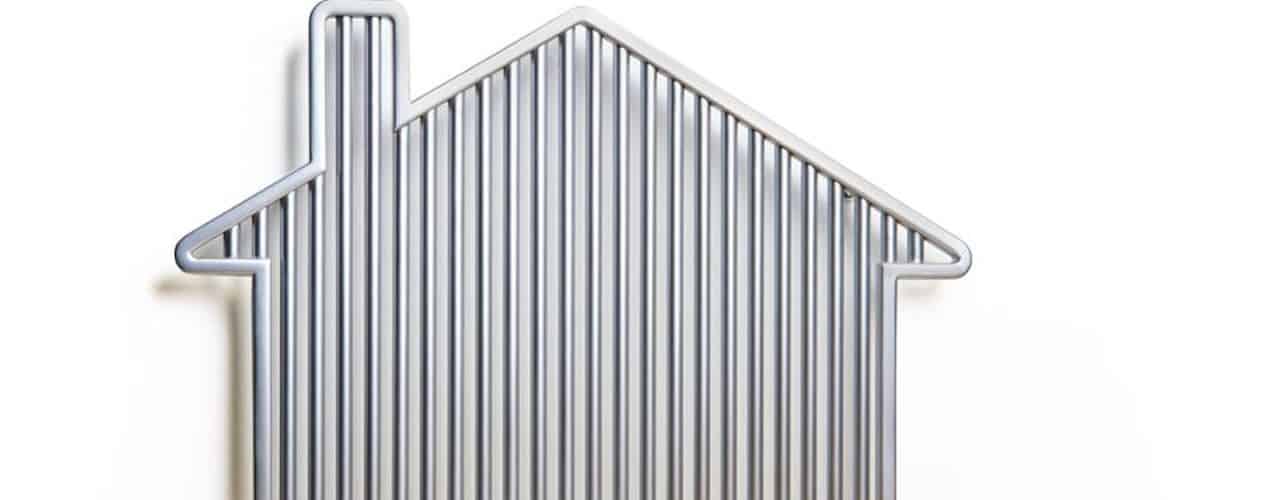New home construction in many neighborhoods across the country is a good sign that the US housing market is truly healing. The increased demand for homes has put builders back to work, creating healing in many different US industries.
Home construction is starting to create a ripple effect of healing across the board in the US. By creating jobs within the housing market, many other jobs are created as well. Building homes increases the demand for lumber, bricks, windows, appliances, steel, cement, carpets, drapes, furniture, building equipment and more. So many different industries are getting stimulated because of the demand for more housing.
This economic cycle of growth has increased in many of the country’s communities. This has been helping to offset the foreclosure cycle, as well as the decreasing home prices that have been so detrimental to the US housing market and economy in the last few years.
Housing Construction Statistics
New home construction has risen by almost 30 percent in the past year. That’s equivalent to over 700,000 new homes, according to a Commerce Department report. Although this is still less than 50 percent of what the average was before the housing crash, this is very encouraging news. In May, new home permits rose to 780,000 annually, which is the highest we’ve seen in almost four years. This is creating a positive ripple effect that’s creating economic growth in other industries as well.
- Manufacturers in Greenville, S.C. like BMW and General Electric, have been hiring more employees. This, in turn, has created a greater need for more homes in the area, keeping housing developers working.
- In Dallas-Forth Worth, Texas, one family-owned home construction company named Sandlin Homes has been building new homes at a rate of about a couple hundred per year. In the last six months alone, they’ve sold 246 homes, more than the amount sold in the entire year of 2011. This has caused them to have to hire more contractors, construction superintendents, as well as office staff.
- In Windsor, Colorado, local officials have reported that they originally planned to issue about 200 single-family home construction permits this year. But, so far, local builders have already pulled somewhere around that amount from January to June 2012 alone.
- In the metropolitan area of the state of Washington, single-family home construction has also increased. The stats are currently 50 percent higher than they were during the lowest point of 2009.
- North Dakota and Iowa are two areas that were the least affected by the housing crisis and unemployment. Areas like these are picking up the pace even faster.
- States that were the hardest hit by the housing crisis, such as Florida and California, are picking up a bit slower. But, even though they still have large oversupplies of homes, they’re still experiencing pockets of new home construction.
Signs of Housing Market Recovery
The bulk of the US housing market is still existing homes. So, it’s important to note that this market is showing signs of recovery as well. Home prices are beginning to stabilize, while fewer homeowners have become delinquent with their monthly mortgage payments. The new home construction industry can have an effect on the overall US economy that can help to keep the existing home market healing. Even the growing rental market has increased the need for more multi-family housing construction. This also causes the need for more hiring, healing the economy even more.
Although this is great news, the US housing market isn’t in the clear just yet. Currently, about 2 million US homes are still in some state of foreclosure. And, it appears that more may be on the way, which may cause a flood in the housing market. Over 11 million US homeowners are still stuck in houses that are worth much less than what they currently owe on their mortgages. If the amount of foreclosures increases at a rapid pace again, the market could once again become flooded with both existing foreclosed homes, along with the new constructions that are being built.
There’s also the issue of the tighter lending standards that have made qualifying for a home much more difficult than it was during the housing boom. Since the amount of qualified buyers has decreased, developers are much more weary about taking on new building projects, as they may not be able to sell them.
Then, there’s the economic issues going on in Europe. Their debt problems and struggling job market has been threatening to bring the US economy down with them. This is also a threat to the US housing recovery.
The Housing Market is Healing
National Association of Home Builders senior economist, Robert Denk warns that the housing market won’t be able to “cure itself overnight.” He estimates that it will probably be somewhere between 2015 and 2016 before the market will be “back to normal.”
But, the good news is that in many parts of the country, the long process of healing has begun, causing the ripple effect to create national growth. For example, in Greenville, there’s been a growth of 25 percent in construction business with one small construction company, owned by Tom Dillard in the last year. This has caused him to have to hire several new employees. This has also put more land graders and framers to work. In order to meet the increasing construction demand, Dillard has had to purchase new earth-moving equipment and two new F-250 trucks for his business, increasing sales in those two local industries as well.
This same type of ripple effect is going on in every area with an increased need for new home construction in the US. This is helping to create a cycle of healing all over the country.



